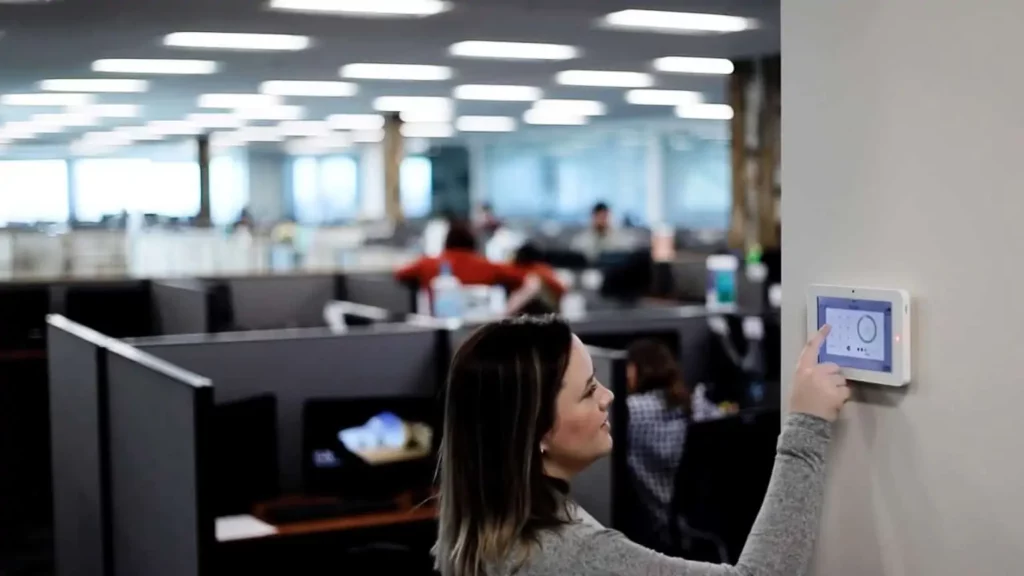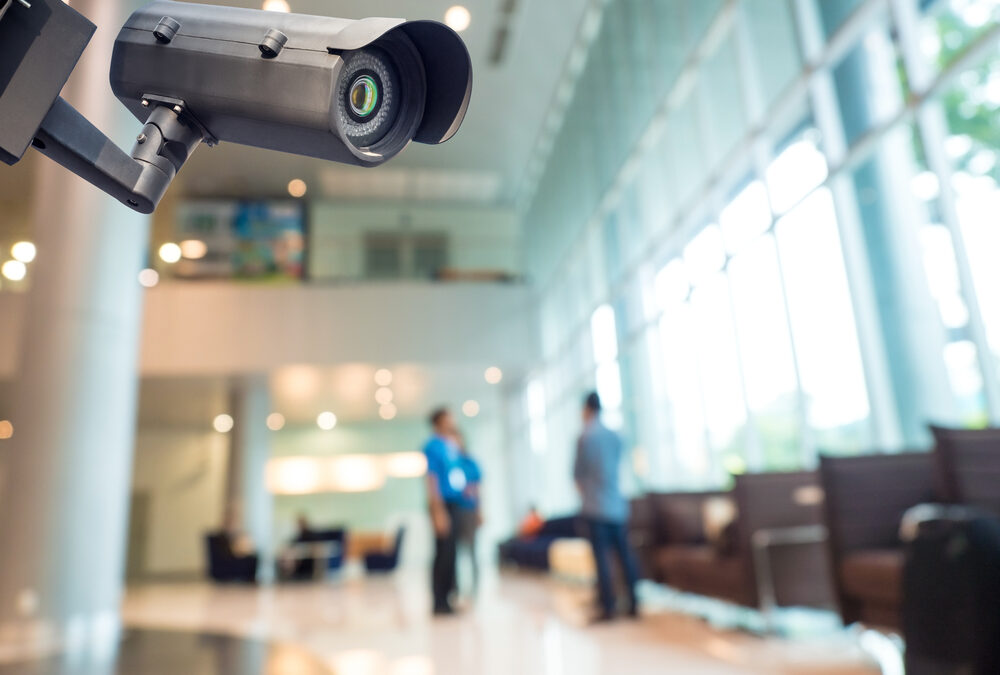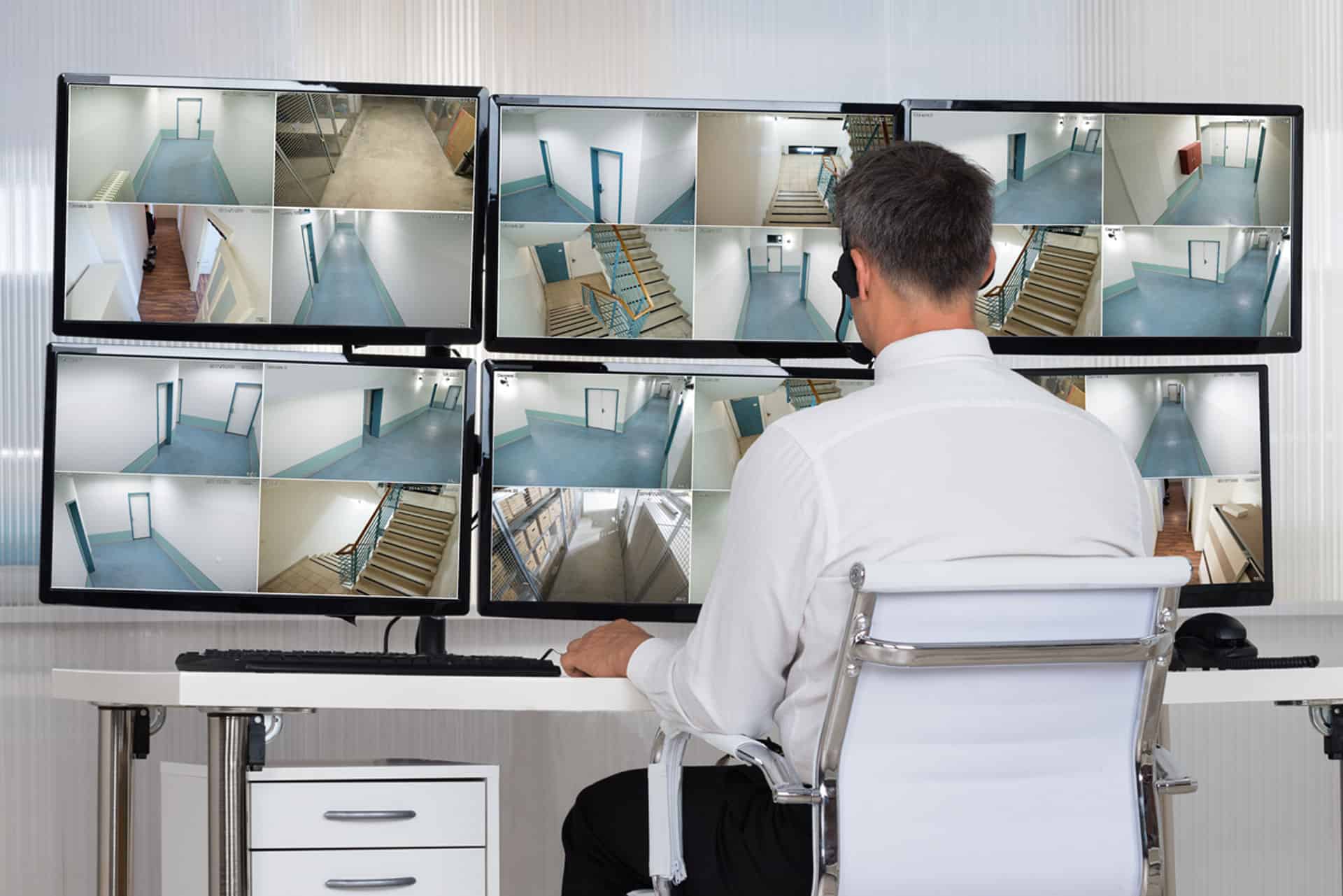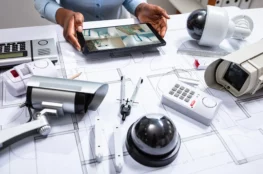In an increasingly digital and interconnected world, ensuring the security of your workplace has never been more critical. Office security systems are essential not just for the safety of physical assets but also for the protection of sensitive information and the overall well-being of employees. This article delves into various aspects of office security systems, from their significance to the types available, the technology that powers them, and how to implement them effectively.
Understanding the Importance of Office Security
Office security systems is a crucial aspect of any business, large or small. It encompasses a wide range of measures designed to protect the physical space and its contents from theft, vandalism, and unauthorized access. These systems foster a sense of safety among employees, which can lead to improved productivity and morale. When employees feel secure in their work environment, they are more likely to focus on their tasks and collaborate effectively, ultimately driving the success of the organization.
Moreover, a robust security system can deter potential criminals from targeting your premises. When individuals see cameras or access control systems in place, they are often discouraged from engaging in criminal activities. Hence, investing in security systems is not just about safety—it’s about creating a secure environment. Additionally, the presence of visible security measures can enhance your company’s reputation, showcasing your commitment to safeguarding both your employees and your assets.
The Role of Security Systems in a Work Environment
Security systems play a multifaceted role in an office setting. They act as a first line of defense against theft and breaches, ensuring that only authorized personnel have access to sensitive areas. With the right integration of security features, businesses can monitor activities in real time, identify potential threats, and react swiftly to incidents. This proactive approach not only minimizes risks but also allows for the collection of valuable data that can inform future security strategies.
Additionally, security systems contribute to risk management by helping businesses comply with legal requirements. Many industries are subject to regulatory standards that necessitate secure environments. Thus, implementing a security system not only safeguards assets but also aligns a business with essential compliance norms. Furthermore, regular audits and updates to security protocols can ensure that your systems remain effective against evolving threats, reinforcing your commitment to a safe workplace.
Evaluating the Risks: Why Your Office Needs a Security System
Before investing in a security system, it’s important to conduct a thorough risk assessment. Evaluate potential vulnerabilities in your workplace, such as inadequate lighting, easy access points, or a lack of employee training on security protocols. By identifying these risks, you can better understand the specific security measures needed to address your unique challenges. Engaging employees in this assessment can also provide insights into their concerns and experiences, fostering a collaborative approach to security.
Moreover, it’s essential to consider the potential consequences of neglecting office security. A single security breach can have lasting repercussions, including financial loss, reputational damage, and loss of employee morale. Thus, the benefits of investing in a comprehensive security system far outweigh the costs. Additionally, in today’s digital age, cyber threats are also a significant concern; therefore, integrating cybersecurity measures alongside physical security can create a holistic defense strategy that protects both tangible and intangible assets. This dual approach not only enhances overall security but also reassures stakeholders that their interests are being prioritized and safeguarded.
Exploring Different Types of Office Security Systems
As businesses evolve, so do security technologies. There are various types of security systems available, each designed to address specific needs and scenarios found in office environments. Below, we explore some of the most common types.
Surveillance Cameras: Eyes on Your Office
Surveillance cameras are often the backbone of any effective security system. They not only help deter crime but also provide invaluable footage for investigations after incidents occur. Modern cameras come equipped with features such as night vision, high-definition video, and motion detection, making them versatile tools for monitoring office spaces.
With remote access capabilities, employers can view live feeds from their smartphones or computers, allowing them to keep an eye on the workplace from anywhere. This level of surveillance can also help monitor employee productivity and ensure compliance with company policies. Furthermore, many systems now incorporate artificial intelligence, enabling them to analyze footage for unusual behavior patterns, which can significantly enhance proactive security measures.
Access Control Systems: Who Goes Where?
Access control systems provide a method for managing who can enter specific areas of an office. These systems can range from simple key card access to advanced biometric scanners that use fingerprints or facial recognition to verify identity. By controlling access points, businesses can prevent unauthorized individuals from entering sensitive or restricted areas.
These systems not only enhance security but also enable organizations to track employee movements within the office, providing valuable insights into facility usage and improving operational efficiency. Additionally, many access control systems can be integrated with other security measures, such as surveillance cameras, creating a comprehensive security network that can respond dynamically to potential threats.
Intrusion Detection Systems: Keeping Unwanted Visitors Out
Intrusion detection systems are designed to alert business owners or security personnel of unauthorized access attempts. Using sensors placed on doors, windows, and other entry points, these systems can detect breaches and send immediate notifications via alarms or texts. Some systems can even contact local law enforcement automatically.

By implementing intrusion detection, businesses can enhance their overall security posture, knowing they have an additional layer of protection against potential threats. Moreover, many modern systems offer smart technology integration, allowing users to receive alerts on their mobile devices and even control the system remotely. This capability not only increases the responsiveness of security measures but also provides peace of mind to business owners, knowing they can act swiftly in the event of a security breach.
The Technology Behind Advanced Security Solutions
The evolution of technology has had a profound impact on the efficacy of office security systems. Modern security solutions are equipped with features that make them more efficient and user-friendly. Click here to learn about commercial property security systems: ensuring maximum protection for your assets.
How Modern Security Systems Work
Today’s security systems often integrate multiple technologies into a single platform, allowing for centralized monitoring and management. With features like cloud storage, businesses can retain footage without the need for extensive hardware. This centralization simplifies access and oversight, ensuring that businesses can respond to incidents quickly and effectively.
Moreover, remote monitoring capabilities mean that security personnel or business owners can keep tabs on the office, receiving alerts and reviewing footage from anywhere in the world, providing peace of mind when away from the premises.
The Power of AI and Machine Learning in Security
Artificial intelligence (AI) and machine learning have revolutionized the way security systems operate. These technologies can analyze patterns and predict potential threats, resulting in more proactive security measures. For instance, AI-powered analytics can identify unusual behavior in surveillance footage, alerting security teams to a potential issue before it escalates.
Furthermore, these technologies streamline the management of access control systems by learning user behaviors, enabling more efficient and tailored security measures.
Choosing the Right Security System for Your Office
Determining the most suitable security system for your office involves considering various factors. It’s essential to assess not only the specific needs of your workspace but also the resources available for investment.
Factors to Consider When Selecting a Security System
When selecting a security system, consider the following factors:
- Size of the Office: Larger spaces may require more comprehensive coverage.
- Nature of Business: Different industries have unique security needs based on sensitivity and regulatory requirements.
- Budget: Determine how much you can allocate for security without compromising other critical areas.
- Future Needs: Think about potential growth and scaling needs for the business.
Customizing Security Solutions to Fit Your Needs
Every office is unique, which means a one-size-fits-all security solution may not be effective. Customization is key to addressing specific vulnerabilities. Work with a security professional to tailor the system to your office layout and risk profile.
Solutions can include a blend of different technologies—such as combining surveillance cameras with access control systems—or integrating alarms with a mobile alert system for real-time notifications. Personalization ensures you have comprehensive protection that adapts to your particular environment.
Implementing Your Office Security System
After selecting the ideal security system, the next step is implementation. Proper execution is vital to ensure the system operates optimally and meets your security needs.
Installation and Setup: Getting Started
The installation process can vary depending on the complexity of the system but typically involves several common steps.
- Assessment by security professionals to determine optimal placement of cameras and sensors.
- Installation of equipment, including wiring and setting up networks for remote access.
- Configuration of software settings according to organizational needs.
Resting on a solid foundation through professional installation ensures your security system functions effectively from day one.

Training Staff on Security Protocols
Once the system is in place, employee training is critical for successful utilization. Staff should be educated about the importance of security protocols, including how to use access control systems and what to do in case of an alarm. Regular training and refreshers help to reinforce the importance of workplace security and ensure that everyone is prepared in the event of an incident.
Creating a culture of security awareness fosters a cohesive environment where all employees contribute to the overall safety of the workplace. Encourage open communication about security concerns and ensure that everyone feels empowered to report suspicious activities.
In conclusion, the importance of office security systems cannot be overstated. By adopting an advanced security solution tailored to the unique needs of your office, you can protect your assets, maintain employee safety, and foster a productive work environment.

